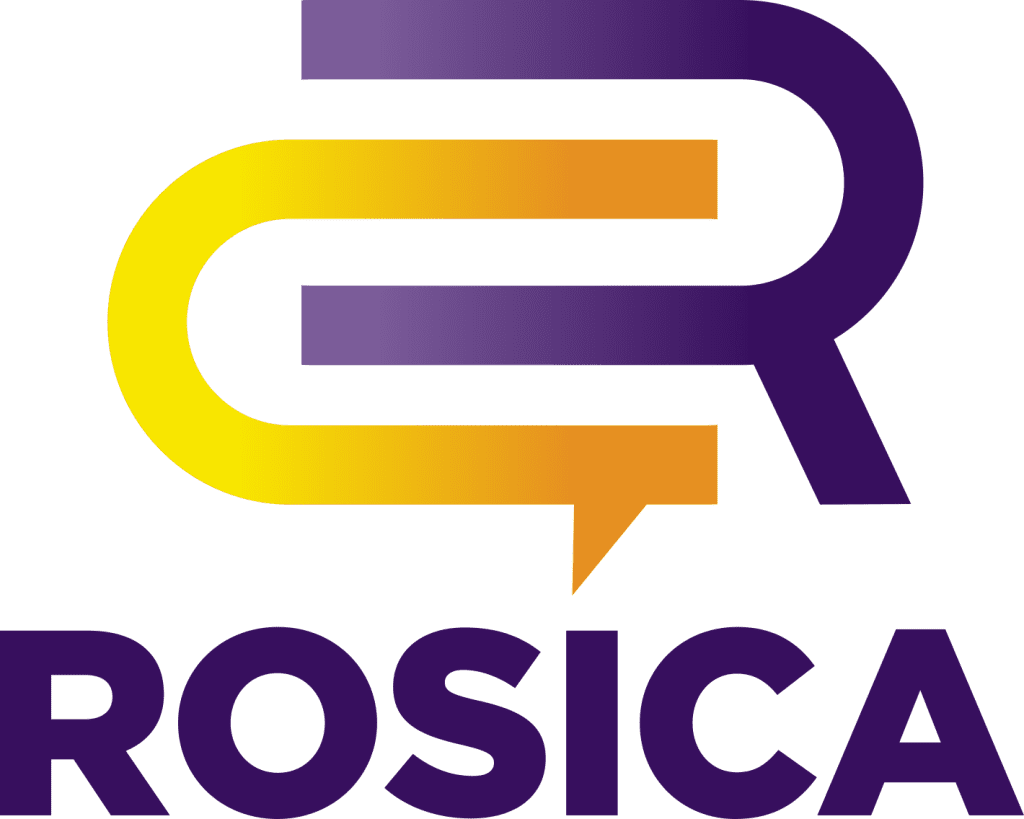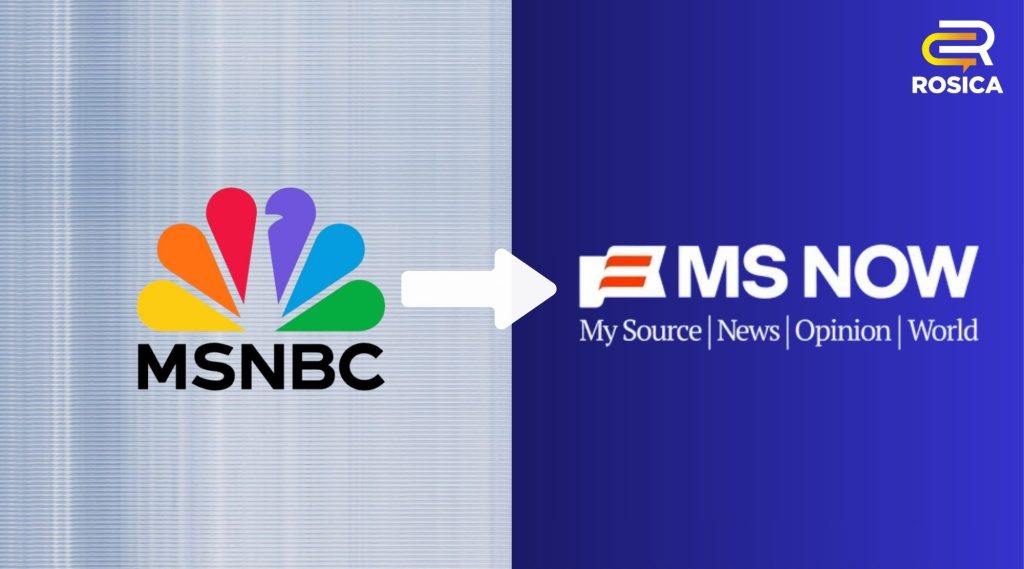MSNBC recently announced a major shift. Following Comcast’s decision to spin off most of its cable networks into a new entity called Versant, the network formerly known as MSNBC will soon be rebranded as MS NOW, an acronym for My Source for News, Opinion, and the World.
The move underscores a broader industry trend: legacy networks reimagining themselves to stay relevant in a fragmented, digital-first media environment. But it also raises crucial questions about brand identity, audience loyalty, and the risks of reinventing a name that carries decades of recognition.
Why This Rebrand Matters
This rebrand is far more than a name and logo update. By shedding the NBC name and the iconic peacock, MS NOW is signaling a deliberate break from its parent company and may be attempting to carve out a more independent position in the market. The strategy is yet to become public information. What is certain is that the move offers a fresh start, with the network seeking greater editorial autonomy and freedom to define its mission without NBC News as its anchor.
At the same time, the visual overhaul of replacing the multicolored peacock with bold red, white, and blue imagery, sends a strong message about identity and tone. Yet it is also a gamble. For longtime viewers who have built trust in the MSNBC brand, this change could be perceived less as an evolution and more as an abandonment, raising the stakes for how the network communicates its future direction.
Branding Analysis: What’s at Play
The evolution of the acronym reflects the network’s history. MSNBC originally combined Microsoft and NBC, two names that no longer reflect its mission. By repositioning as “My Source for News, Opinion, and the World,” the new identity modernizes the brand while reinforcing its editorial focus. The visual tone also shifts significantly, replacing the colorful spectrum of the peacock with a stylized logo inspired by patriotic imagery.
However, the rebrand carries emotional risks. Longtime MSNBC staffers and viewers feel nostalgic, and in some cases even betrayed. Rebecca Kutler, the network’s president, acknowledged the disruption and emphasized that the brand’s commitment to its audience will remain steadfast. This tension between opportunity and risk is common when rebranding a legacy name, as Chris Rosica explored in his article on the pros and cons of rebranding a well-known name.
Internally and externally, skepticism has also emerged. On social media and in workplace chatter, the new name has drawn derision, with some critics likening “MS NOW” to a political slogan or even a comedic stage name.
Chris Rosica’s Commentary in Business Insider
In his interview with Business Insider, Chris Rosica, CEO and President of Rosica Communications, zeroed in on the emotional power of the new color scheme: “Your eye is drawn to the red.”
Rosica’s observation highlights how branding choices, particularly color, can instantly shift the perception of a network. Red, often associated with urgency, boldness, and even conservative partisan undertones, could make MS NOW appear more forceful. But it also risks alienating viewers accustomed to MSNBC’s traditional branding and progressive image.
Implications and Strategic Considerations
On one hand, the rebrand grants MS NOW full editorial independence from NBC News. This autonomy offers freedom, but it also removes the trust and credibility that came with the NBC brand, meaning MS NOW must now work harder to reaffirm its authority. At the same time, the network is expanding its digital footprint across platforms like YouTube and TikTok, while investing in an independent Washington, D.C. bureau. These efforts position it to compete in a fragmented news landscape.
However, the internal culture could be vulnerable. With staff morale already tested and high-profile departures like Joy Reid and Steve Kornacki in recent memory, the rebrand may further unsettle employees. Retaining talent and ensuring consistency will be critical. The corporate structure under Versant also adds pressure, since MS NOW must differentiate itself not only from NBC but also from sister networks like CNBC and USA, many of which are undergoing their own identity shifts.
Rosica Communications’ P.O.V.
Rosica would recommend that MS NOW preserve symbolism through visual language, ensuring that design elements such as colors, typography, and imagery carry forward the trust once associated with MSNBC. Rather than framing the rebrand as an abandonment, the network should position MS NOW as an evolution; an embodiment of next-generation journalism tailored for both current and future audiences. The top national PR agency would also stress the importance of internal communications, encouraging leadership to engage staff with clarity, reassurance, and co-created messaging to maintain morale.
In addition, Rosica would advocate for audience testing and iterative refinement of messaging, especially if a slogan or tagline emerges (beyond the acronym being spelled out). Testing new visuals and narratives with both loyal viewers and emerging digital audiences could help the brand avoid alienation and refine its positioning in real time.
Conclusion
The rebranding of MSNBC to MS NOW marks a pivotal moment: a legacy news organization reinventing itself amid seismic shifts in corporate structure, media consumption, and political polarization. With effective storytelling, thoughtful design, and clear internal alignment, MS NOW could position itself as a bold and independent voice. But without nuance and care, especially in how it communicates with both employees and loyal audiences, the network risks fragmentation and identity dilution.
Rosica’s candid remark about its more conservative appearance underscores an essential truth: successful rebrands must honor the emotional weight of legacy as much as they embrace brand evolution.
About Rosica Communications
Rosica Communications is a national PR and crisis communications agency with deep expertise in brand strategy and thought leadership. For more than four decades, Rosica has partnered with organizations in education, healthcare, animal health, and nonprofit sectors to elevate their visibility, protect their reputations, and drive measurable results.
As part of its commitment to innovation, Rosica developed the Thought Leadership Measurement Matrix™, a proprietary framework that helps organizations evaluate and optimize the impact of their thought leadership initiatives. This tool assesses over 20 indicators such as audience reach, message resonance, media influence, and long-term brand equity, giving clients a clear, actionable way to understand the ROI of their leadership efforts.
To learn more, schedule a call with CEO and President of Rosica Communications, Chris Rosica: calendly.com/rosica/30min.

